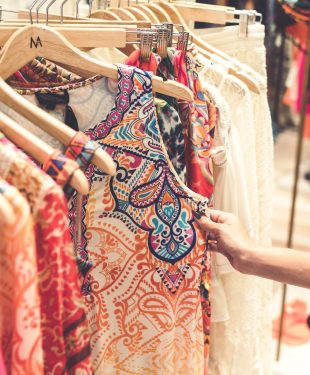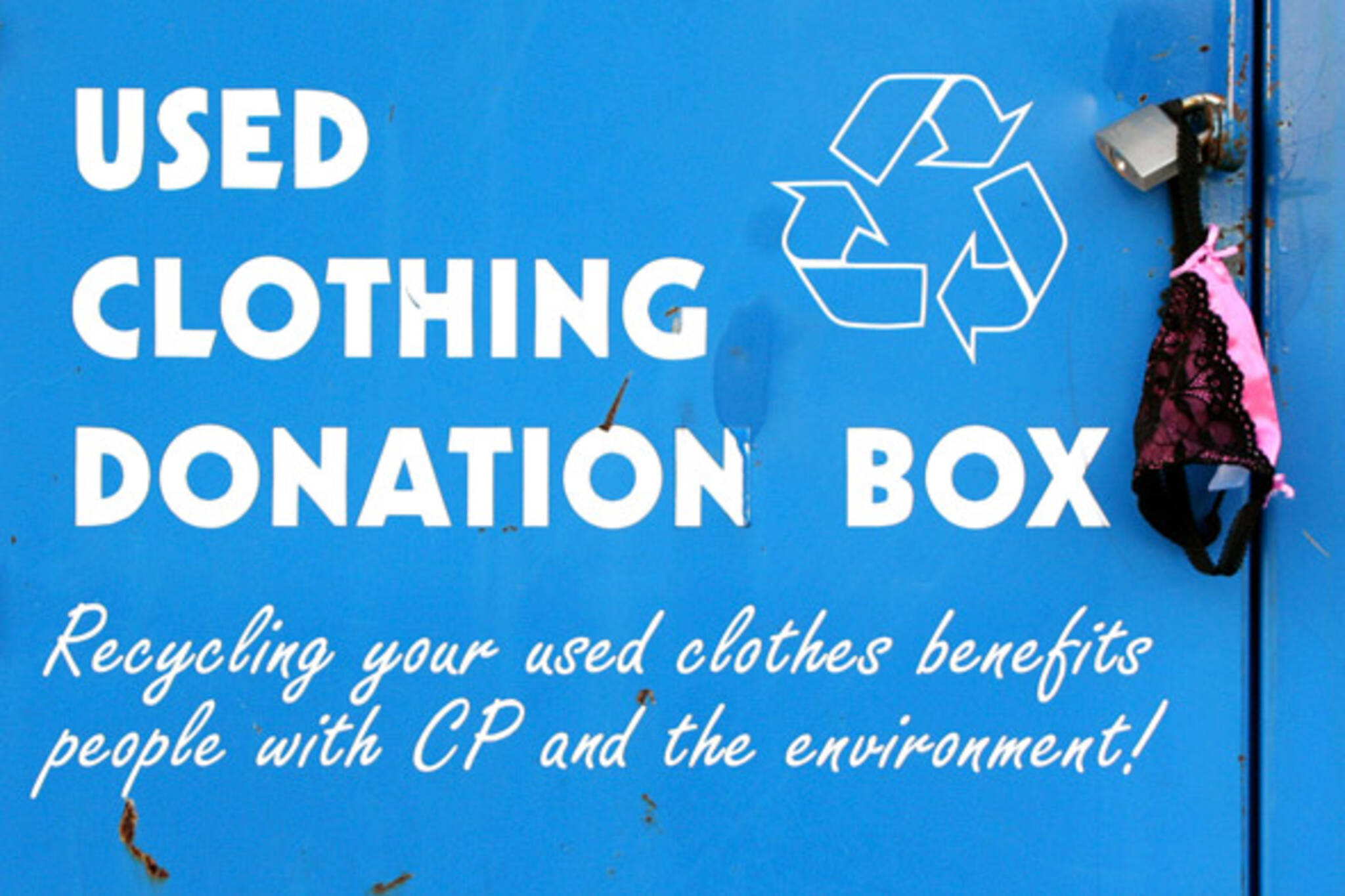Why Selling Your Clothes is a Great Way to Declutter and Earn Extra Cash
Selling gently used clothes is a great way to declutter your closet and earn some extra cash. With the growing demand for second-hand clothing, it’s easier than ever to turn your unwanted clothes into cash. Many people are looking for sustainable and affordable fashion options, and online marketplaces and consignment shops have made it simple to buy and sell gently used clothes.
Decluttering your closet can be a therapeutic experience, and selling your clothes can be a great motivator to get rid of items that no longer fit or suit your style. Plus, it’s a great way to reduce waste and extend the life of your clothes. According to the Environmental Protection Agency (EPA), the average American generates 82 pounds of textile waste per year, with the majority of it ending up in landfills. By selling your clothes, you can help reduce this waste and do your part for the environment.
There are many places that pay for clothes, both online and offline. Online marketplaces like ThredUp, Poshmark, and eBay make it easy to sell your clothes to a wide audience, while consignment shops like The RealReal and Crossroads Trading Co. offer a more curated experience. Local specialty stores that buy gently used clothes, such as vintage shops and children’s clothing stores, can also be a great option. With so many options available, it’s easy to find a place that will pay for your clothes and give you a good price.
In addition to the environmental benefits, selling your clothes can also be a great way to earn some extra cash. Whether you’re looking to pay off debt, save up for a big purchase, or simply have some extra spending money, selling your clothes can be a great way to achieve your financial goals. And with the rise of online marketplaces, it’s easier than ever to reach a wide audience and get a good price for your clothes.
So if you’re looking to declutter your closet and earn some extra cash, consider selling your gently used clothes. With the many places that pay for clothes, it’s easy to find a option that works for you. Whether you’re selling online or offline, you can be sure that you’re doing your part for the environment and earning some extra cash in the process.
How to Prepare Your Clothes for Sale: Tips and Tricks
Before selling your gently used clothes, it’s essential to prepare them for sale. This includes cleaning, ironing, and taking good photos. Accurate descriptions and pricing are also crucial to attract potential buyers and get the best price for your clothes.
Cleaning your clothes is the first step in preparing them for sale. Make sure to wash and dry them according to the care label instructions. Ironing is also important to remove wrinkles and creases. This will make your clothes look more presentable and attractive to potential buyers.
Taking good photos is also vital when selling clothes online. Use good lighting and a plain background to showcase your clothes. Consider using a mannequin or a model to show how the clothes fit. Make sure to take photos of the front and back of the garment, as well as any details such as buttons or embroidery.
Accurate descriptions are also crucial when selling clothes online. Make sure to include information about the fabric, size, color, and condition of the garment. Mention any flaws or defects, such as stains or tears. This will help build trust with potential buyers and reduce the risk of returns.
Pricing is also an important consideration when selling clothes. Research similar items online to determine a fair price for your clothes. Consider the original price, the condition, and the demand for the item. Be realistic about the price you can get for your clothes, and be prepared to negotiate.
By following these tips and tricks, you can prepare your clothes for sale and increase your chances of getting a good price. Remember to be honest and accurate in your descriptions, and to take good photos to showcase your clothes. With a little preparation and effort, you can turn your gently used clothes into cash and make some extra money.
Places That Pay for Clothes: Online Marketplaces and Consignment Shops
There are many places that pay for clothes, both online and offline. Online marketplaces like ThredUp, Poshmark, and eBay have made it easy to sell gently used clothes to a wide audience. These platforms allow you to list your items, set a price, and connect with potential buyers.
ThredUp is one of the largest online consignment shops, specializing in gently used women’s and children’s clothing. They offer a “clean out kit” that allows you to send in your clothes and receive a payout based on the items they accept. Poshmark is another popular platform that allows you to sell gently used clothing and accessories. They offer a social feature that allows you to connect with other users and share your listings.
eBay is a well-established online marketplace that allows you to sell a wide range of items, including gently used clothes. You can create a listing for your item, set a price, and connect with potential buyers. eBay also offers a “fixed price” option, which allows you to set a fixed price for your item and avoid the auction process.
Consignment shops like The RealReal and Crossroads Trading Co. also offer a great way to sell gently used clothes. These shops specialize in high-end or designer items and offer a curated selection of gently used clothing and accessories. They typically offer a payout based on the items they accept and sell.
When using online marketplaces or consignment shops, it’s essential to read and understand their terms and conditions. Make sure you understand the fees associated with selling on these platforms and the types of items they accept. By using these places that pay for clothes, you can easily turn your gently used clothes into cash and make some extra money.
Specialty Stores That Buy Gently Used Clothes: A Look at Local Options
In addition to online marketplaces and consignment shops, there are many local specialty stores that buy gently used clothes. These stores often specialize in specific types of clothing, such as vintage, children’s, or designer items. By selling your clothes to these stores, you can get a good price and support local businesses.
Vintage shops are a great option for selling gently used clothes that are unique or have a retro flair. These stores often look for items that are in good condition and have a distinctive style. Some examples of vintage shops that buy gently used clothes include Crossroads Trading Co. and Wasteland.
Thrift stores are another option for selling gently used clothes. These stores often accept a wide range of items, including clothing, accessories, and household goods. Some examples of thrift stores that buy gently used clothes include Goodwill and Salvation Army.
Children’s clothing stores are a great option for selling gently used kids’ clothes. These stores often look for items that are in good condition and are suitable for children. Some examples of children’s clothing stores that buy gently used clothes include Kid to Kid and Once Upon a Child.
Some local specialty stores may pay cash for your clothes, while others may offer store credit. Be sure to check with each store to see what their policies are and what types of items they accept. By selling your clothes to these stores, you can get a good price and support local businesses.
When selling your clothes to local specialty stores, be sure to call ahead and confirm their buying policies. Some stores may only accept certain types of items or may have specific requirements for the condition of the clothes. By doing your research and preparing your clothes accordingly, you can get the best price for your items and have a successful selling experience.
How to Get the Best Price for Your Clothes: Negotiation Tips
When selling your gently used clothes, it’s essential to get the best price possible. Negotiation is a crucial part of the selling process, and there are several tips you can follow to ensure you get a fair price for your items.
Researching prices is the first step in negotiating the best price for your clothes. Look at similar items online and in local stores to determine a fair market value. This will give you a basis for your negotiation and help you make a strong case for your price.
Being flexible is also important when negotiating the price of your clothes. Be open to reasonable offers and willing to compromise on the price. Remember, the goal is to sell your clothes, not to get a specific price.
Bundling items is another effective way to negotiate the best price for your clothes. Offer to sell multiple items together at a discounted price, which can be more attractive to buyers than purchasing individual items.
Being realistic about the value of your clothes is also crucial when negotiating the price. Don’t overprice your items, as this can deter potential buyers. Instead, price your clothes competitively and be prepared to negotiate.
When negotiating with buyers, be confident and assertive. Make a strong case for your price and be willing to walk away if the offer is not reasonable. Remember, you are in control of the negotiation, and it’s essential to stay calm and professional.
By following these negotiation tips, you can get the best price for your gently used clothes and ensure a successful selling experience. Remember to stay flexible, be realistic about the value of your clothes, and be confident in your negotiation.
What to Do with Clothes That Don’t Sell: Donation and Recycling Options
Not all clothes will sell, and that’s okay. There are still plenty of options for clothes that don’t sell, including donation and recycling. Donating your clothes can help support local charities and reduce waste, while recycling can help conserve resources and reduce the environmental impact of the fashion industry.
Donation centers like Goodwill and Salvation Army are great places to donate your clothes. These organizations accept a wide range of items, including clothing, accessories, and household goods. They will then sell these items in their stores, with the proceeds going to support local charities and community programs.
Recycling programs like H&M’s Garment Collecting Initiative are another option for clothes that don’t sell. This program allows customers to bring in old clothes from any brand and recycle them. The clothes are then broken down into raw materials and used to create new products, such as rags, insulation, and even new clothing.
Other recycling options include textile recycling programs, which allow you to recycle clothes that are no longer wearable. These programs will break down the clothes into raw materials, which can then be used to create new products.
When donating or recycling your clothes, make sure to check with the organization or program to see what types of items they accept. Some may have specific guidelines or restrictions, so it’s essential to check ahead of time.
By donating or recycling your clothes, you can help reduce waste and support local charities and community programs. It’s a great way to give back to the community and make a positive impact on the environment.
Maximizing Your Earnings: Strategies for Selling Clothes Online
Selling clothes online can be a lucrative way to earn extra cash, but it requires some strategy to maximize your earnings. Here are some tips to help you get the most out of your online sales:
Using keywords is essential when selling clothes online. Make sure to include relevant keywords in your listings, such as the brand, style, and size of the item. This will help potential buyers find your items when searching for specific keywords.
Creating eye-catching listings is also crucial when selling clothes online. Use high-quality photos and detailed descriptions to showcase your items. Make sure to include information about the condition, material, and size of the item, as well as any flaws or defects.
Engaging with potential buyers is also important when selling clothes online. Respond promptly to messages and comments, and be open to negotiations. Consider offering discounts or bundle deals to incentivize buyers to make a purchase.
Utilizing social media can also help you maximize your earnings when selling clothes online. Share your listings on platforms like Instagram and Facebook, and use relevant hashtags to reach a wider audience.
Optimizing your listings for mobile devices is also essential, as many buyers will be searching for clothes on their smartphones. Make sure your listings are easy to navigate and view on mobile devices.
Finally, consider offering free shipping or discounted rates for bulk purchases to incentivize buyers to make a purchase. This can help you stand out from the competition and increase your earnings.
By following these strategies, you can maximize your earnings when selling clothes online and turn your gently used clothes into cash.
Conclusion: Turning Your Closet into Cash
Selling your gently used clothes is a great way to declutter your closet, make extra money, and reduce waste. With the growing demand for second-hand clothing and the various platforms available for selling clothes, it’s easier than ever to turn your closet into cash.
By following the tips and strategies outlined in this article, you can maximize your earnings and make the most of your gently used clothes. Remember to prepare your clothes for sale, research prices, and be realistic about the value of your clothes.
Whether you’re selling online or in-person, there are many places that pay for clothes, including online marketplaces, consignment shops, and local specialty stores. Don’t be afraid to negotiate and be open to different options.
And don’t forget about the benefits of donating or recycling your clothes that don’t sell. Not only will you be reducing waste, but you’ll also be supporting local charities and community programs.
So why not start decluttering your closet and earning extra cash today? With a little effort and creativity, you can turn your gently used clothes into cash and make a positive impact on the environment.







